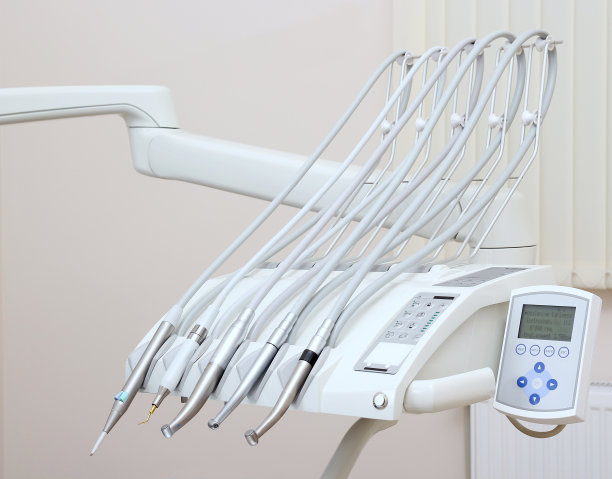Understanding the Process of Tooth Extraction and Its Importance for Dental Health and Wellbeing
Summary: Understanding the process of tooth extraction is vital for maintaining dental health and ensuring overall wellbeing. This article delves into the intricacies of tooth extraction, outlining its indications, methods, aftercare, and long-term benefits. By grasping these essential aspects, patients can make informed decisions regarding their dental care, thereby improving their oral health. The procedure, often perceived with anxiety, is made clearer here, emphasizing its necessity and relevance in modern dentistry.
1. Indications for Tooth Extraction Procedures

Tooth extraction is often necessary when a tooth is severely decayed or infected. A decay that extends deep into the tooth can lead to irreparable damage, often rendering the tooth unsalvageable. Dentists evaluate the condition meticulously, utilizing x-rays and clinical examinations to determine the best course of action. When preservation methods such as root canals fail, extraction becomes essential to alleviating pain and preventing the spread of infection.
Another common indication for tooth extraction is overcrowding. In cases where the mouth is too small for existing teeth, orthodontic treatment may require extractions to ensure proper alignment. This is particularly common in adolescents and young adults when wisdom teeth emerge. By removing these teeth, orthodontists can facilitate smoother treatment processes, leading to more effective outcomes.
Additionally, advanced periodontal disease can necessitate tooth extraction. Gum disease may cause the teeth to become loose, resulting in severe complications if not addressed. By removing these affected teeth, patients can manage infections better and maintain overall dental health, preventing further issues down the line.
2. Understanding the Extraction Process
The extraction process typically begins with a thorough evaluation, during which the dentist discusses the procedure with the patient. Local anesthesia is administered to numb the area, preventing discomfort during the procedure. Dentists usually opt for sedation options in cases involving anxious patients, ensuring a relaxed experience. Proper communication and preparation are essential to alleviate any fears associated with the procedure.
During the extraction, the dentist carefully loosens the tooth from its socket using specific instruments designed for the procedure. If the tooth is impacted or fractured, surgical extraction may be necessary, involving further techniques to remove the tooth fragments. Regardless of the method used, the key is to extract the tooth with minimal trauma to the surrounding tissues, promoting better healing.
After the extraction, the dentist provides guidelines for care, including managing bleeding and pain relief methods. This immediate post-operative care is crucial for ensuring a smooth recovery. Patients often receive prescriptions for pain management or antibiotics if an infection is suspected, illustrating the importance of follow-up in the extraction process.
3. Post-Extraction Care and Recovery
Post-extraction care is paramount for minimizing complications and ensuring a swift recovery. Patients are advised to rest and avoid vigorous activities immediately following the procedure. Elevating the head and applying cold compresses can help manage swelling effectively. It’s also vital to stay hydrated while avoiding straws, as suction can dislodge blood clots critical for healing.
Diet plays a significant role during this recovery phase. Soft foods such as yogurt, mashed potatoes, and smoothies are highly recommended, as they minimize irritation to the extraction site. Gradually transitioning to normal foods is encouraged as healing progresses, highlighting the need for patience during the recovery window.
Monitoring for any signs of complications, such as excessive bleeding or increased pain, is essential for post-extraction care. Regular follow-ups with the dentist allow for professional monitoring of the healing process. Patients should not hesitate to reach out if any unusual symptoms arise, emphasizing communication as a vital part of recovery.
4. Long-Term Benefits of Tooth Extraction
The long-term benefits of tooth extraction extend beyond immediate relief. By eliminating problem teeth, patients can significantly reduce the risk of infections and further dental complications. Engaging in routine dental care post-extraction can lead to improved oral health overall. With a focus on preventing future issues, regular check-ups become essential for long-term maintenance.
Additionally, tooth extraction can enhance the success of orthodontic treatments. By enabling proper alignment and space management within the mouth, patients often experience improved aesthetics and functionality. This not only boosts confidence and self-esteem but also leads to better long-term health outcomes.
Finally, educating patients on the importance of maintaining their oral hygiene after an extraction is crucial. By reinforcing habits such as regular brushing, flossing, and professional cleanings, the likelihood of developing further dental problems diminishes significantly, ensuring a healthier future for patients.
Summary:
In conclusion, understanding the process of tooth extraction is vital for maintaining dental health and wellbeing. Recognizing the indications, procedures, aftercare, and long-term benefits aids in making informed decisions regarding dental treatments. Prioritizing oral health leads to better health overall, emphasizing the importance of taking these necessary steps for a brighter future.
This article is compiled by Vickong Dental and the content is for reference only.



